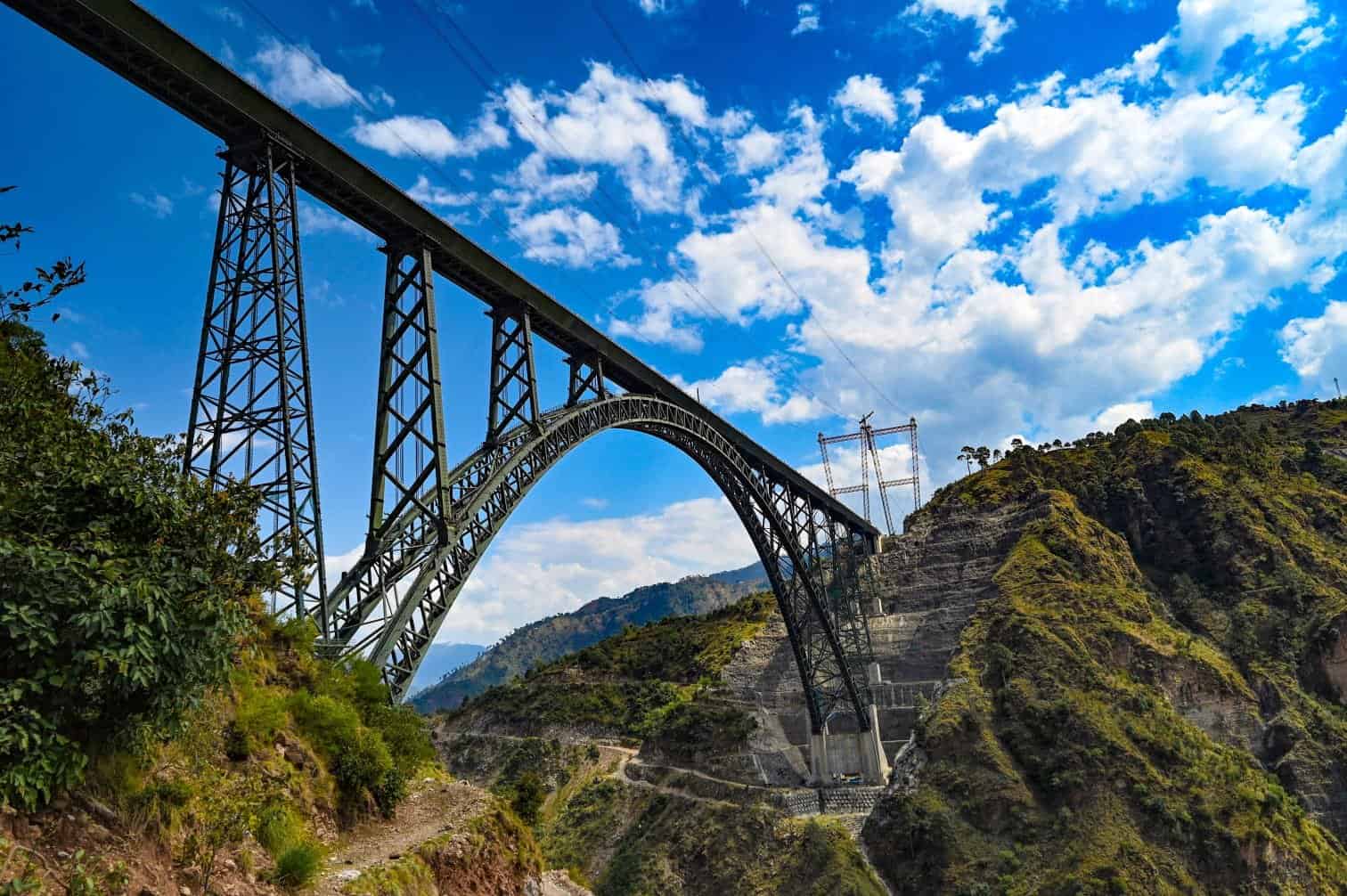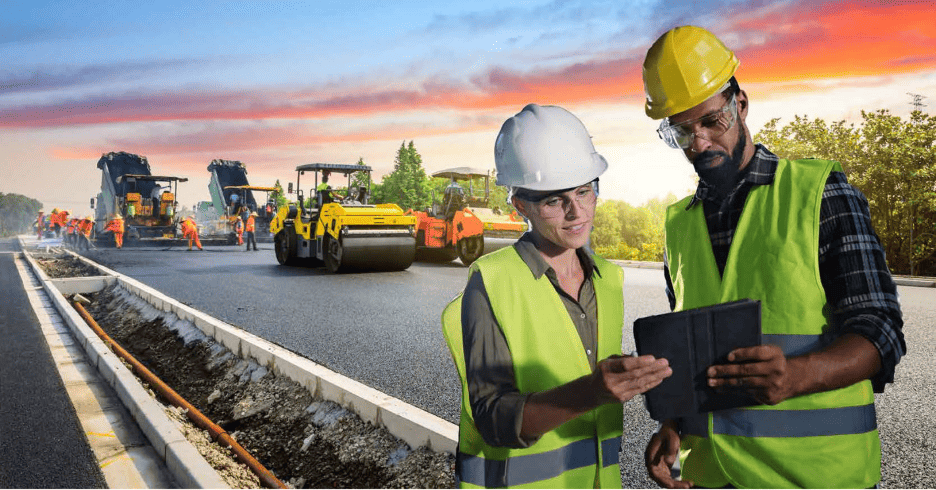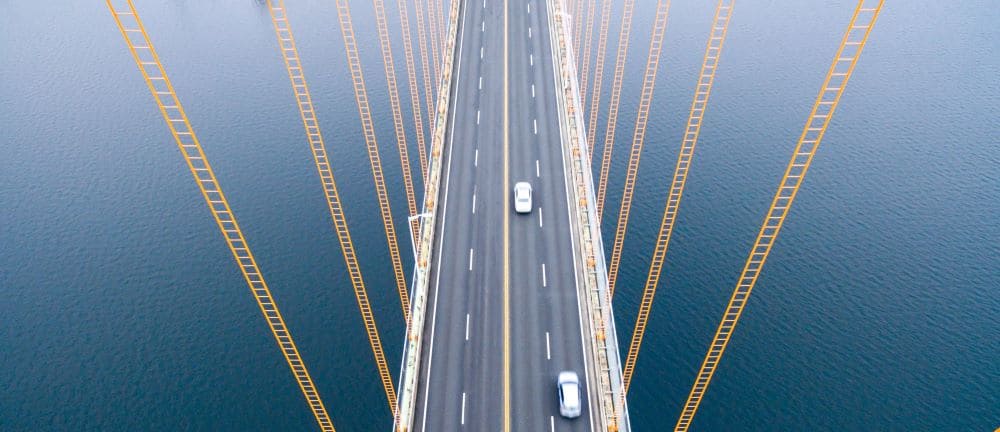Reprinted from the original that was published by ASCE.
Growing up in Pittsburgh, “The City of Bridges,” Fern Hollow was one of many bridges my family and I crossed on buses and on foot to get from one neighborhood to another for school, work, shopping, and more. These bridges were not just concrete structures; they were a familiar landmark, a backdrop to daily life, and literal symbols of connectivity. Never did I imagine that one of these structures could come crumbling down.
The collapse of that bridge in 2022 shook the local and national community, serving as a reminder of the vulnerabilities in America’s aging infrastructure and the consequences of inaction.
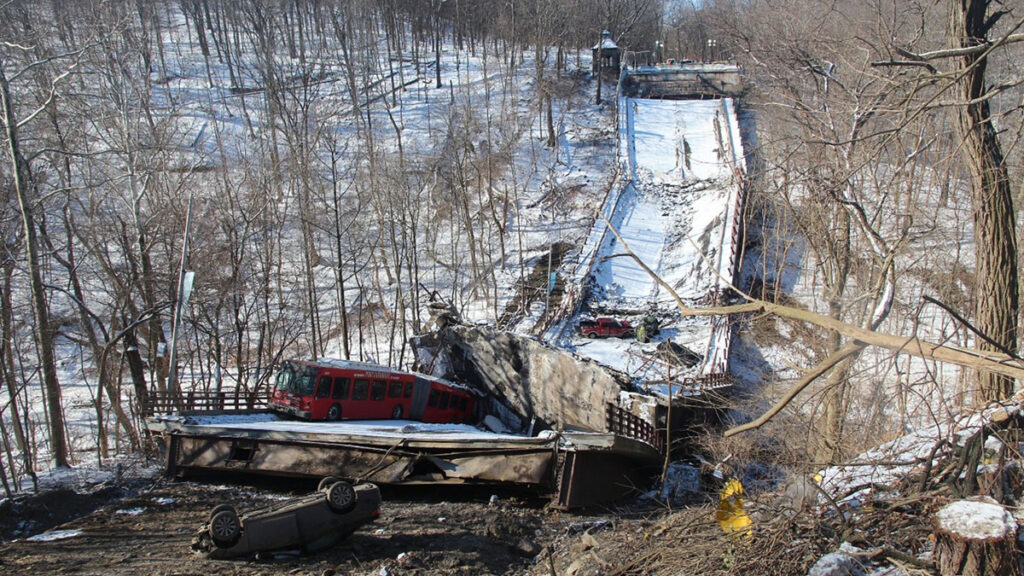
Aging bridges, rising risks: U.S. bridge infrastructure challenges
Bridges are vital links in our transportation network, connecting communities and facilitating commerce. However, many of these structures are aging and in need of repair. The sheer scale of the challenges is alarming.
The American Society of Civil Engineers (ASCE) has consistently highlighted the challenges facing our bridges, and according to the 2025 Report Card for America’s Infrastructure, over 46,000 bridges in the United States are structurally deficient. This means that while they are still in use, they require significant maintenance and repair to ensure safety and functionality. To add to this challenge, the ASCE report card also notes that 22,420 bridges nationally are susceptible to extreme storm events.
One of the key reasons for the state of our bridges is funding. The federal government, along with state and local agencies, must allocate sufficient resources to address the backlog of repairs. Although the 2021 Bipartisan Infrastructure Law was a significant step in the right direction in terms of investment and also for incentivizing the use of technology, continuous investment is necessary.
How AI and Digital Twins Are Rebuilding Bridge Safety
Given these challenges, the situation feels grim, but innovative agencies are proving that there is light at the end of this proverbial tunnel. From using BIM and 3D modeling in design and construction to advances in materials science and construction techniques, technology and innovation can help us design and build a more durable and resilient structures.
Bridging Kentucky: 90% Faster Surveys with 3D Modeling
Technology can also help us better operate and maintain transportation infrastructure and even recover from weather-related disasters, such as the historic flooding Kentucky faced in July 2022. The state had the challenge of assessing the condition of over 1,000 bridges to ensure traveler safety and mobility. This was expected to take a decade and over USD 7 million, but QK4 used technology to reduce survey time by 90% and costs by 50%, saving the state over USD 3 million and setting new standards in bridge engineering and construction. Combining field survey codes, laser scans, and drone context created a 3D existing conditions model, which significantly enhances the efficiency and accuracy of bridge assessments.

AI-Powered Inspections at Robert Street Bridge
Another remarkable example of innovation in bridge maintenance is the Robert Street Bridge project. Collins Engineers utilized AI to identify cracking in the bridge structure, which allowed for more precise and timely interventions. This use of AI in bridge inspection not only improves the accuracy of detecting potential issues, but also enhances the safety of the engineers and the traveling public while making bridge inspections 30% faster. By leveraging advanced technology, the Robert Street Bridge project demonstrates how modern engineering practices can extend the lifespan of our infrastructure and ensure its reliability.
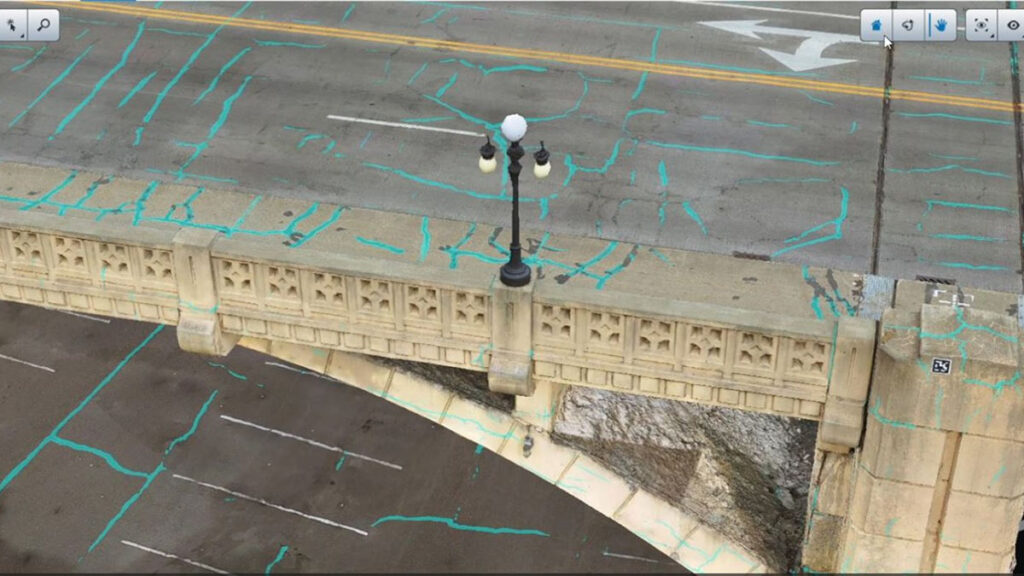
Why AI Can’t Wait: Investing in Smarter Bridge Infrastructure
The state of our bridges is a critical issue that requires ongoing attention and investment, and as we look to the future, it is clear that innovation will have to play a bigger role in addressing the challenges. We cannot dig out of this hole through manual effort, especially with a lack of engineers to do this manually, and there is not enough money to buy our way out of the situation. We do not have any time to waste before the next disaster occurs.
Improve inspection speed and bridge safety with Bentley’s AI-powered digital twins. Explore Bentley Bridge Solutions
